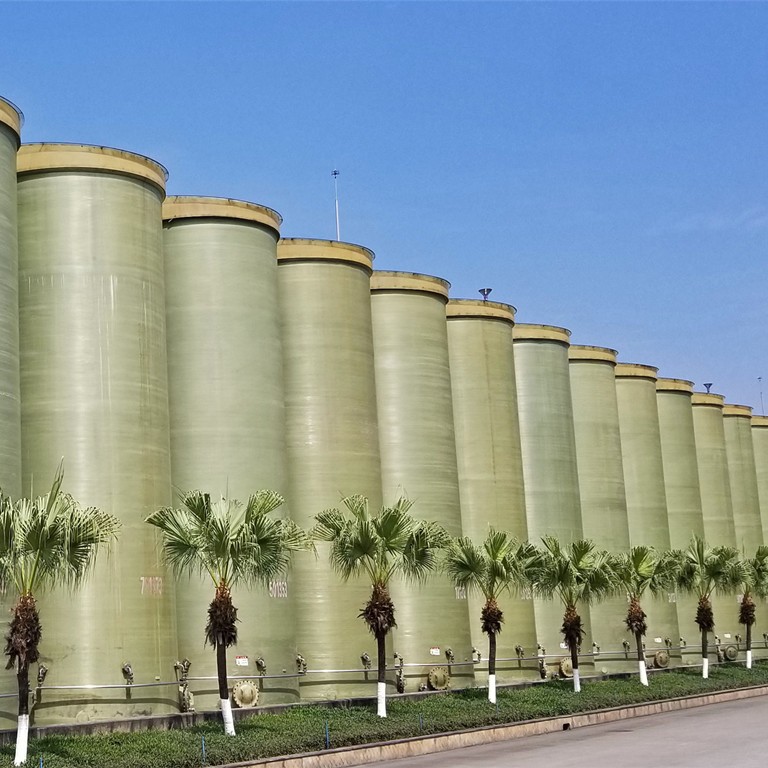
-
 Afrikaans
Afrikaans -
 Albanian
Albanian -
 Amharic
Amharic -
 Arabic
Arabic -
 Armenian
Armenian -
 Azerbaijani
Azerbaijani -
 Basque
Basque -
 Belarusian
Belarusian -
 Bengali
Bengali -
 Bosnian
Bosnian -
 Bulgarian
Bulgarian -
 Catalan
Catalan -
 Cebuano
Cebuano -
 China
China -
 China (Taiwan)
China (Taiwan) -
 Corsican
Corsican -
 Croatian
Croatian -
 Czech
Czech -
 Danish
Danish -
 Dutch
Dutch -
 English
English -
 Esperanto
Esperanto -
 Estonian
Estonian -
 Finnish
Finnish -
 French
French -
 Frisian
Frisian -
 Galician
Galician -
 Georgian
Georgian -
 German
German -
 Greek
Greek -
 Gujarati
Gujarati -
 Haitian Creole
Haitian Creole -
 hausa
hausa -
 hawaiian
hawaiian -
 Hebrew
Hebrew -
 Hindi
Hindi -
 Miao
Miao -
 Hungarian
Hungarian -
 Icelandic
Icelandic -
 igbo
igbo -
 Indonesian
Indonesian -
 irish
irish -
 Italian
Italian -
 Japanese
Japanese -
 Javanese
Javanese -
 Kannada
Kannada -
 kazakh
kazakh -
 Khmer
Khmer -
 Rwandese
Rwandese -
 Korean
Korean -
 Kurdish
Kurdish -
 Kyrgyz
Kyrgyz -
 Lao
Lao -
 Latin
Latin -
 Latvian
Latvian -
 Lithuanian
Lithuanian -
 Luxembourgish
Luxembourgish -
 Macedonian
Macedonian -
 Malgashi
Malgashi -
 Malay
Malay -
 Malayalam
Malayalam -
 Maltese
Maltese -
 Maori
Maori -
 Marathi
Marathi -
 Mongolian
Mongolian -
 Myanmar
Myanmar -
 Nepali
Nepali -
 Norwegian
Norwegian -
 Norwegian
Norwegian -
 Occitan
Occitan -
 Pashto
Pashto -
 Persian
Persian -
 Polish
Polish -
 Portuguese
Portuguese -
 Punjabi
Punjabi -
 Romanian
Romanian -
 Russian
Russian -
 Samoan
Samoan -
 Scottish Gaelic
Scottish Gaelic -
 Serbian
Serbian -
 Sesotho
Sesotho -
 Shona
Shona -
 Sindhi
Sindhi -
 Sinhala
Sinhala -
 Slovak
Slovak -
 Slovenian
Slovenian -
 Somali
Somali -
 Spanish
Spanish -
 Sundanese
Sundanese -
 Swahili
Swahili -
 Swedish
Swedish -
 Tagalog
Tagalog -
 Tajik
Tajik -
 Tamil
Tamil -
 Tatar
Tatar -
 Telugu
Telugu -
 Thai
Thai -
 Turkish
Turkish -
 Turkmen
Turkmen -
 Ukrainian
Ukrainian -
 Urdu
Urdu -
 Uighur
Uighur -
 Uzbek
Uzbek -
 Vietnamese
Vietnamese -
 Welsh
Welsh -
 Bantu
Bantu -
 Yiddish
Yiddish -
 Yoruba
Yoruba -
 Zulu
Zulu
Innovative Solutions for Fiber Optic Water Tank Management and Monitoring Systems
The Role of Fiber Water Tanks in Modern Water Management
Water scarcity and the efficient use of resources have become pressing issues in many parts of the world. As communities strive to meet their water needs sustainably, innovative solutions are emerging to tackle these challenges. One such development is the fiber water tank, a modern innovation that combines durability, efficiency, and sustainability in water storage and management.
What are Fiber Water Tanks?
Fiber water tanks are made from high-strength fiberglass, which is known for its excellent durability and resistance to corrosion. Unlike traditional water tanks that can be susceptible to rust and degradation over time, fiber tanks offer a long-lasting solution for water storage. These tanks are designed to withstand extreme weather conditions, making them suitable for various environments, from arid regions to areas prone to heavy rainfall.
Advantages of Fiber Water Tanks
1. Durability One of the primary benefits of fiber water tanks is their exceptional durability. The fiberglass material is resistant to both physical impacts and environmental stressors, meaning that these tanks can have a lifespan of 30 years or more with minimal maintenance.
2. Lightweight and Easy to Install Another significant advantage is the lightweight nature of fiber water tanks. This feature not only facilitates easier transportation but also simplifies the installation process. Unlike concrete tanks, which require heavy machinery for installation, fiber tanks can often be positioned and set up with minimal effort.
3. Corrosion Resistance Traditional metal tanks can corrode over time, compromising the quality of the stored water. Fiber water tanks, on the other hand, do not rust or corrode, ensuring that the water remains clean and safe for consumption.
fiber water tank

4. Cost-Effective While the initial investment in fiber water tanks may be higher than traditional options, their long lifespan and lower maintenance costs ultimately make them a more economical choice. The long-term savings on repairs and replacements can be significant.
5. Environmental Impact The production and use of fiber materials are often more sustainable than other options. Many fiber water tanks are designed with eco-friendly processes and can be recycled at the end of their life cycle, contributing to a circular economy.
6. Versatility in Application Fiber water tanks can be used for various applications, including rainwater harvesting, agricultural irrigation, and municipal water supply systems. Their versatility allows communities to implement fiber tanks in diverse settings, accommodating different water needs effectively.
Applications in Water Management
In urban areas, fiber water tanks can play a crucial role in stormwater management. By capturing and storing rainwater, cities can reduce runoff, mitigate flooding, and improve local water quality. This practice not only conserves water but also supports green infrastructure initiatives aimed at enhancing urban resilience.
In rural areas, fiber water tanks are particularly beneficial for agricultural purposes. Farmers can use these tanks for irrigation and livestock watering, ensuring a reliable water supply even during dry seasons. Moreover, the lightweight and portable nature of these tanks makes them a popular choice for farm operations that require flexibility in water storage solutions.
Conclusion
The adoption of fiber water tanks represents a significant advancement in water management practices. Their durability, efficiency, and environmental benefits make them an attractive option for communities worldwide. As water scarcity becomes an increasingly urgent issue, investing in innovative solutions like fiber water tanks will be crucial in ensuring a sustainable and secure water future. By embracing such technologies, societies can not only meet their immediate water needs but also contribute to a more resilient environment for generations to come.









